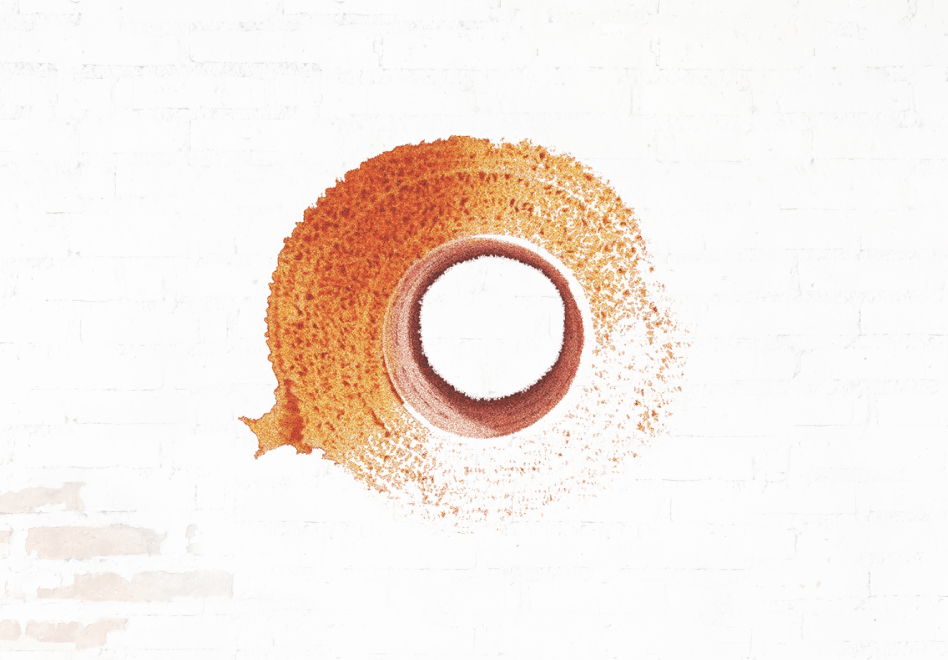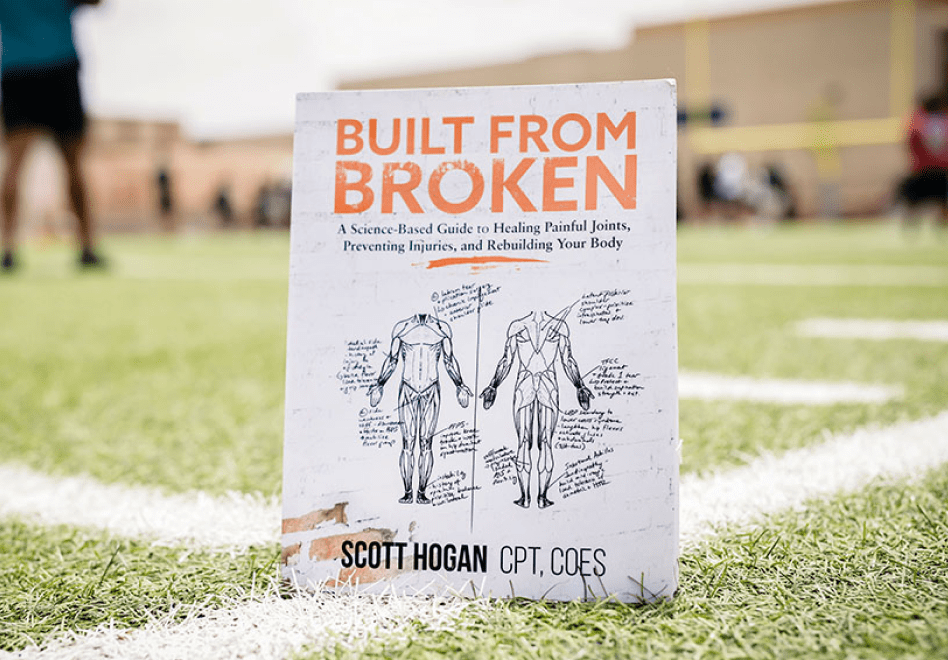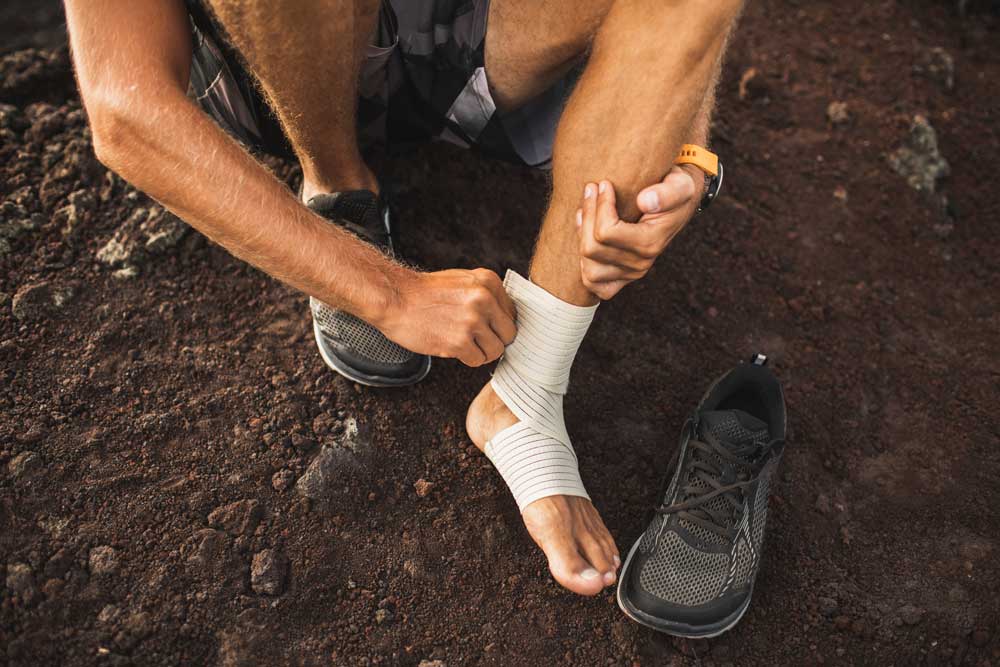
Be built (to last).
The right supplements can help you recover naturally and build a resilient body.
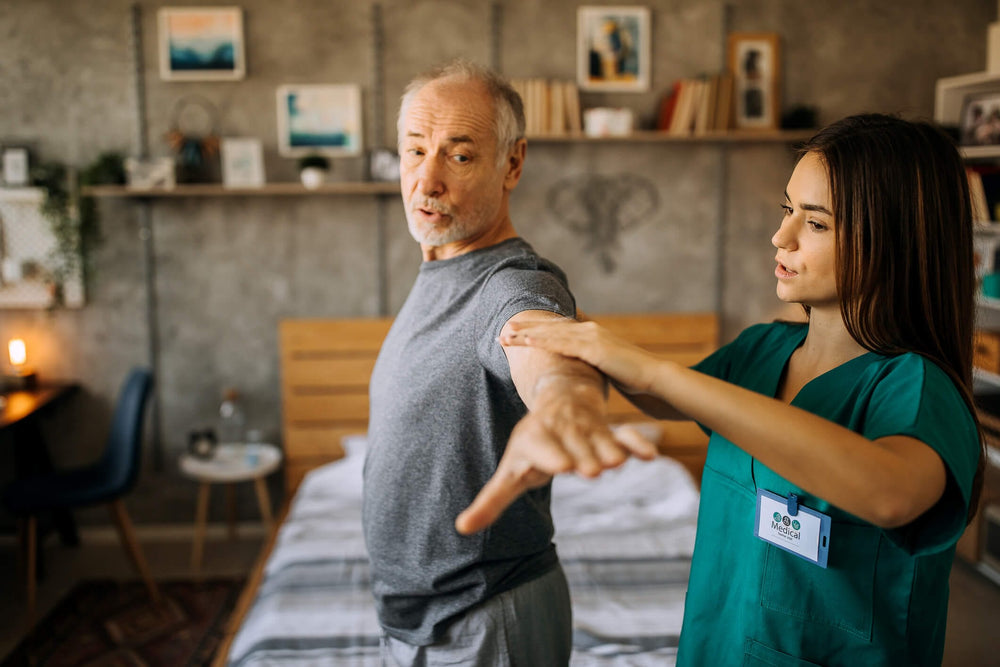
Supplement Quiz
Take this short quiz to discover the perfect supplements for your needs and goals.
About SaltWrap
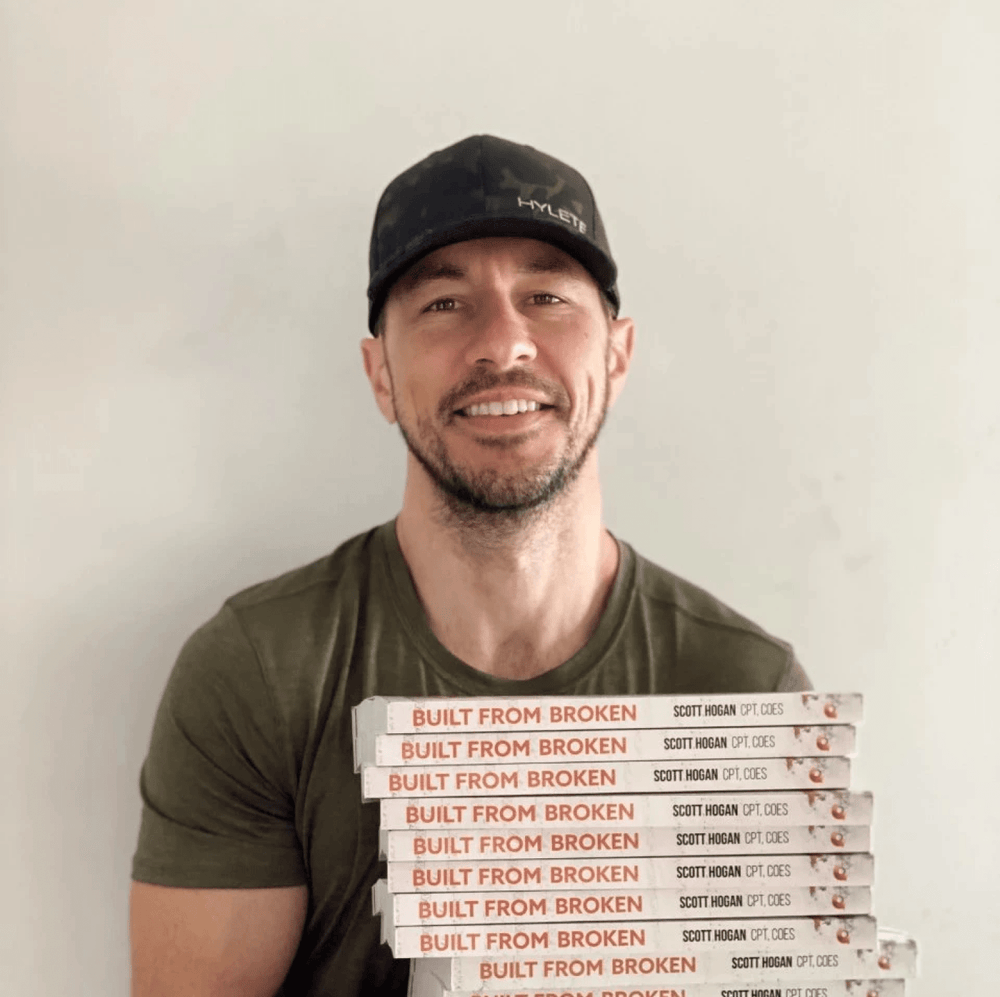
Built from Broken
Get the best-selling book from SaltWrap founder, Scott Hogan, and start rebuilding today.
3 Natural Cortisone Alternatives for Sports-Related Injuries

By Dr. Ro Mahajan, MD
For years, cortisone injections have been one of the mainstays of medical treatment for sports-related injuries like sprains and strains. These injections can provide immediate relief from inflammation and pain.
But they also have risks and limitations.
As we have gained a deeper understanding of sports-related injuries and how they heal, we have also gained a greater understanding of the different treatment options available. These include alternatives to cortisone injections.
This is excellent news for athletes.
I’ll explain why this is the case. I’ll also show you three of the best natural cortisone injection alternatives for sports-related injuries.
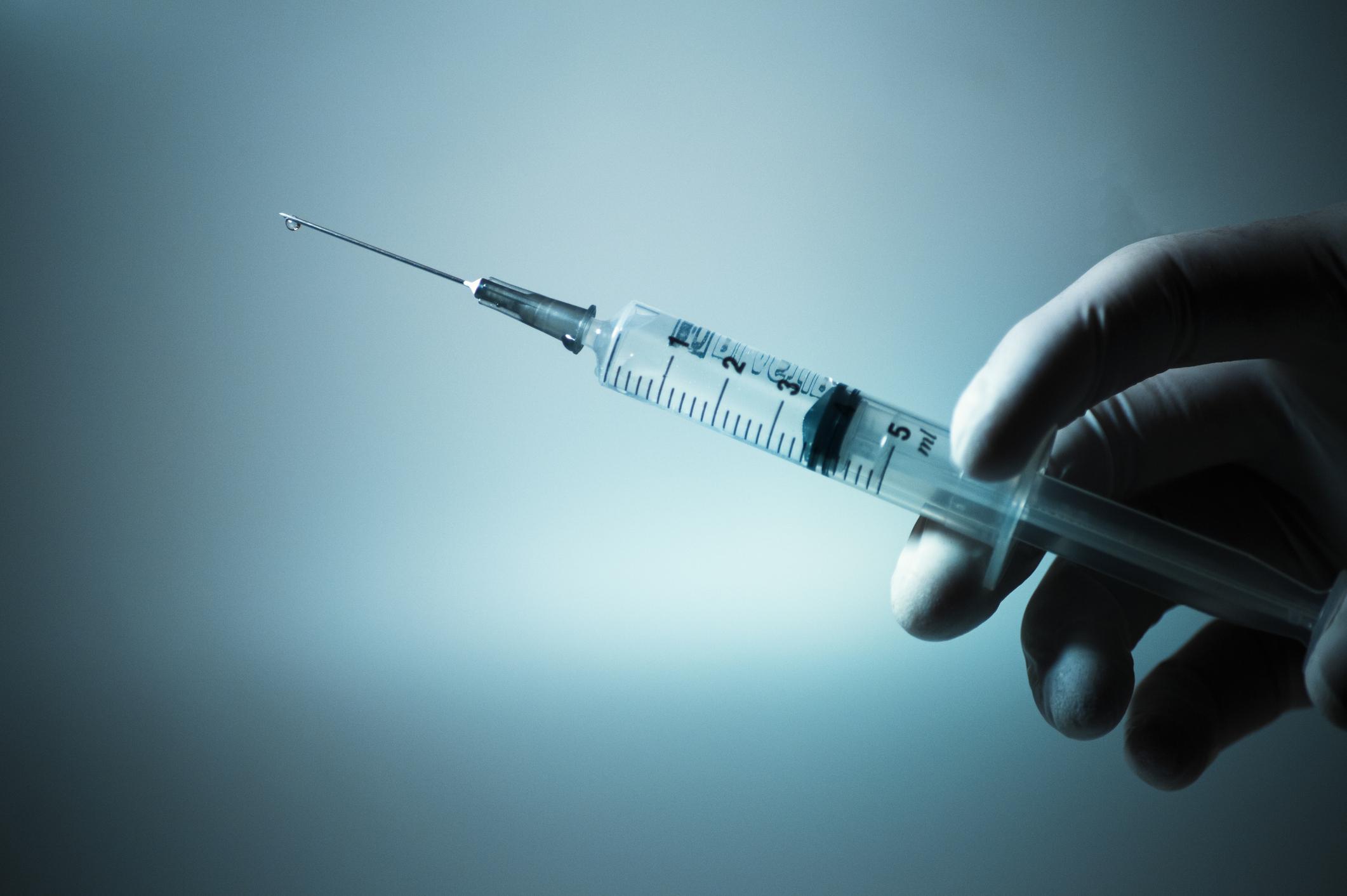
Understanding Cortisone Injections
I work with many patients who have become more aware of the limitations and risks of cortisone injections. Many of them are athletes. And many of them come to me seeking natural alternatives to cortisone injections.
Before getting into those alternatives, let's quickly review what cortisone injections are and how they work.
Cortisone injections, also known as corticosteroid injections, work by reducing inflammation in or around the injured tissue. As a result, they also help reduce pain.
To be clear, cortisone injections can often provide immediate relief of pain and inflammation. You can see why athletes might gravitate to them as a first course of treatment.
That said, there are some risks associated with these injections.
For example, there is a growing body of evidence showing that prolonged use of cortisone injections can actually cause tissue damage at the injection site and even the structures that are in the vicinity. These can include surrounding cartilage, tendons, muscles, nerves, bones, and ligaments.
Worse yet, this damage can lead to a higher risk of future injury to the tissue.
Plus, to add insult to injury, cortisone injections don't do anything to address the underlying cause of the injured tissue. They only help alleviate the symptoms, like pain and inflammation.
Sure, the pain and inflammation will improve temporarily following a cortisone injection. This can be particularly appealing to athletes who need to “get back in the game” as quickly as possible.
But it can come with a price.
Because the underlying tissue hasn't healed, the pain and inflammation generally will return at a later point in time. This is because your body will continue to detect this area as being chronically injured.
It’s easy to see why cortisone injections are not great long-term solutions for most people. And certainly not for high-level competitive athletes.
So, what can you do instead?
3 Natural Alternatives to Cortisone Injections
When it comes to natural alternatives to cortisone injections, you have some options.
Even better, most of them help resolve the underlying cause of the pain and inflammation that would make a person seek a cortisone injection in the first place.
Here are three of my favorite natural alternatives to cortisone injections:
Physical Therapy and Rehabilitation
Physical therapy focuses on restoring function by improving strength and mobility through targeted exercises. And unlike cortisone injections, which offer temporary relief, physical therapy can address the root cause of the injury in many circumstances. This helps promote long-term recovery and future injury prevention.
For many soft tissue injuries, a physical therapy and rehabilitation program would be a better long-term strategy than a cortisone injection – or a series of them.
Platelet-Rich Plasma (PRP) Therapy
Platelet-rich plasma (PRP) Therapy harnesses the power of your body's natural healing mechanisms and concentrates it where you need it most.
Platelets, one of the components in your blood, have thousands of growth factors inside of them. They promote tissue regeneration and accelerate healing.
When platelets are exposed to injured tissue, they release those growth factors, which attract reparative cells to the area to initiate the healing response.
During PRP Therapy, your blood is collected and processed so the platelets can be concentrated and separated. Then, the concentrated platelets are injected into the injured tissue.
Many athletes have reported significant improvement in pain and function after undergoing PRP therapy. This includes some of the most elite professional athletes of our time, like Tiger Woods and Rafael Nadal.1
Extracorporeal Shockwave Therapy (ESWT)
Also called Shockwave Therapy, this noninvasive treatment uses shockwaves or acoustic pressure waves to promote healing and reduce pain.
These high-energy sound waves are applied externally to the affected area of the body and are theorized to create microtrauma in the tissue.
That sounds like a bad thing, but it’s not.
This process sparks an inflammatory response in your body that increases blood flow to the affected area and promotes tissue healing.
Although physical therapy, PRP therapy, and shockwave therapy are three natural alternatives that may be safer – and perhaps more beneficial – than cortisone injections for some patients, it is important to note that all treatments carry some risk.
You should always discuss your individual situation with your healthcare provider to better understand which option would make the most sense for you to pursue.
When I Choose Cortisone vs. An Alternative
As a physician who practices mainstream medicine in a hospital pain clinic and regenerative medicine in a private practice setting, I’m able to treat patients with sports injuries in two drastically different ways.
I find that cortisone injections can be helpful when patients have severe pain and swelling following an injury. Generally, these patients can’t meaningfully participate in a physical therapy program without some improvement to their underlying symptoms.
So, in a case like that, I would use the cortisone injection to reduce the severe pain and swelling. This would then allow the patient to begin a more aggressive physical therapy program sooner than they would be able to otherwise.
In contrast, I prefer to use PRP therapy and shockwave therapy for injuries with mild to moderate pain with less swelling.
To me, these treatment options are more synergistic with exercise or physical therapy programs. Plus, they usually allow patients to heal and return to play faster than they would without them.
Putting It All Together
Cortisone injections have long been a staple in sports medicine. They certainly have their place. But athletes are increasingly seeking safer, natural alternatives that provide longer-lasting relief by resolving the underlying tissue.
From physical therapy and rehabilitation to PRP and shockwave therapies, there’s a diverse array of treatments reshaping the landscape of sports rehabilitation.
By embracing these alternatives, athletes can prioritize their health and well-being, ensuring they can continue to perform at their best – and come back stronger – for years to come.

Dr. Ro Mahajan, MD
Dr. Ro Mahajan received his MD from the University of Toledo College of Medicine in 2011. He has been double board-certified by the American Board of Anesthesiology in Anesthesiology and Pain Medicine since 2016.
Ro Mahajan MD trained in the nation’s top hospital systems, including the University of Michigan and UCLA. Today, he practices in two settings. He provides insurance-based mainstream medical care for pain-related conditions through one of the nation’s largest hospital systems.
He also offers natural and regenerative treatment options through Regenerative Orthopedix, a private practice in Fargo, North Dakota.
Ro Mahajan MD is a founding member of SaltWrap's Clinical Advisory Board.
Founder: Scott Hogan

I created SaltWrap to bring together the most practical ideas in therapeutic sports nutrition, corrective exercise, and functional fitness — with the goal of keeping you (and myself) strong, mobile, and built to last.
I've worked as an A.C.E. Certified Personal Trainer, Orthopedic Exercise Specialist, and nutritional supplement formulator.
But more importantly — I've spent most of my life battling injuries, joint pain, and just being plain beat up. So I know what it's like to struggle toward fitness goals.
SaltWrap is here to push you through injuries, setbacks and perceived physical limitations. To a place beyond what you think you're capable of. Sign up here to stay in the loop.
Learn more about my best-selling injury prevention and recovery book, Built from Broken.

